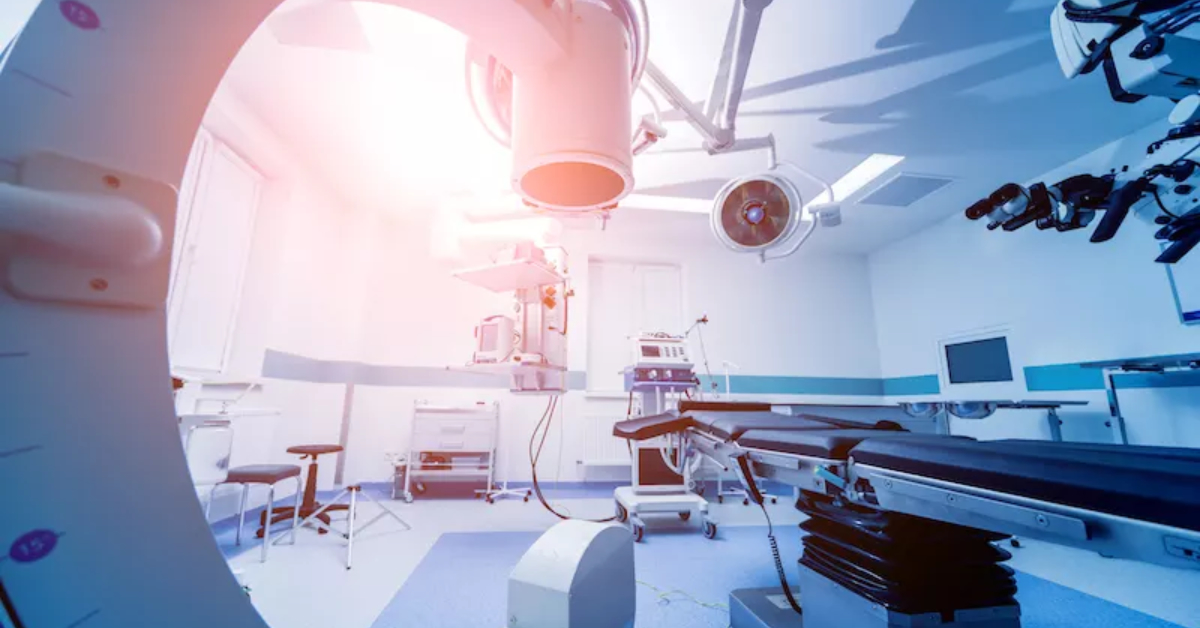
What is interventional pain management?
Interventional pain procedures (minimally invasive and endoscopic procedures) provided in the treatment of back pain are among the most advanced procedures in the progressive medical field of interventional pain management. The aim of treatment is to reduce pain and improve the patient’s quality of life.
For pain patients, the journey towards finding relief is usually difficult, time-consuming and may not result in an effective outcome. Patients often finds themselves in a “vicious circle”. From home treatment using commonly available means, they approach a specialist, undergo infusions, sprays, massages, baths, and often have to seek other specialists. They may be apprehensive about the surgery or outright refuse it. Often, they do not understand the provided information, and receive insufficient explanations of the treatment. Physical constraints without relief can then lead to disturbances of their mental stability and even to resignation to further treatment.
Interventional pain management: a comprehensive approach to chronic pain
Interventional pain management may be a suitable solution in situations where the patient has exhausted conservative treatment methods without success, cannot find a treatment that would bring relief, or is directly seeking an alternative to conventional back pain treatment. This medical specialisation is dedicated to the diagnosis and treatment of painful conditions, especially chronic pain (persisting for more than 3 months). It uses special interventional techniques that include a wide range of minimally invasive procedures:
- targeted injection of medicaments,
- denervation techniques,
- regenerative treatment,
- percutaneous endoscopic procedures,
- neuromodulatory treatment.
The aim of interventional treatment is to relieve, reduce or eliminate chronic pain and help patients improve their quality of life through pain relief.
Accurate diagnosis - the basis for successful treatment
Interventional diagnosis and treatment of pain is a set of methods used to identify the actual source (‘generator’) of pain. The aim is to exert an effective influence and reduce the intensity of the resulting pain. These generators can be various structures ranging from intervertebral discs, nerve roots, scar tissue to joints, ligaments and muscles along the spine. Diagnosis is most often based on a targeted navigated blockade of the structure with a local anaesthetic. Some of these generators are then influenced by other interventional or endoscopic techniques. It should also be borne in mind that some sources cannot be influenced.
Active approach of the patient
Diagnosis is interlinked with treatment. In many cases, the intensity of the patients' pain can be significantly reduced. Yet this does not mean they are cured. It is essential to keep in mind that these are chronic degenerative processes of the musculoskeletal system, which means that physiotherapy, regular exercise and education towards regular physical activity are an integral part of the treatment. Otherwise, the degenerative changes will continue to progress and there is a real risk of recurring pain.
The aim of the intervention methods is to improve the patient’s state of health so that they can then work on maintaining their health in the long term and keeping the pain and its cause under control - mainly by learning good movement habits and correct exercise. The ideal option is to obtain professional help from physiotherapists.
The active cooperation of the patient during the treatment process is essential for a successful outcome. It mainly involves following the physicians’ instructions regarding lifestyle changes such as weight-loss, quitting smoking and keeping fit.
Are you interested in the possibility of solving your back pain with interventional treatment? Would you like to know whether it might be suitable for you?